by Paige Farrell
San Francisco-based architect Anne Fougeron has made it her life mission to make a difference in the lives of those who are disenfranchised. Founder and principal of Fougeron Architecture, Fougeron started her firm in 1985, not long after graduating from Berkeley with a master’s in architecture. With but a few years working for another firm, she felt ready to strike out on her own.
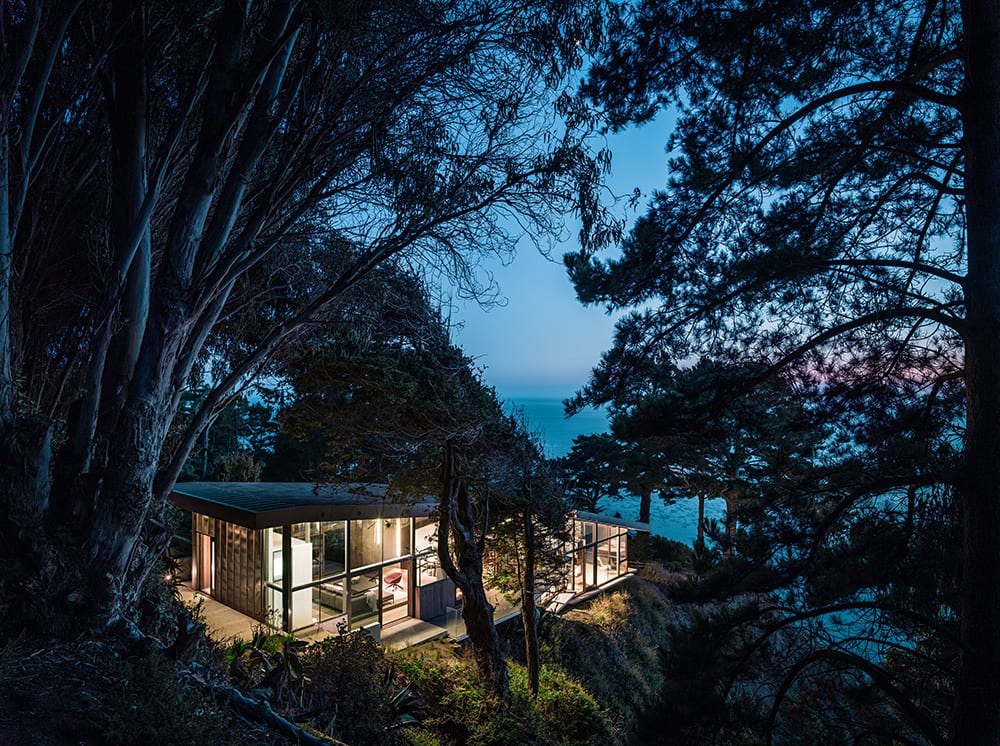
Fall House in Big Sur is set on the cusp of a 250-foot drop to the Pacific Ocean, with the “main bearing system of the house set back twelve feet from the bluff, both to protect the cliff’s delicate ecosystem and to ensure the structure’s integrity and safety.” Photograph by Joe Fletcher.
“I was eager to work for myself and determined. You could say that I was a bit naïve,” she says with a quick laugh, adding, “I did not have a proper business plan, and in hindsight, I might have thought things through a bit more!” Her tenacity, vision and desire to make a greater difference in communities and for those with less have brought her numerous accolades and earned her high national praise and respect as both a woman and architect.
Asked what matters most, Anne Fougeron replies, “Social issues, women’s issues and affordable housing. With my work, I constantly ask myself, ‘How can I give back to the community? How can I creatively solve problems? How can I serve the disenfranchised, bring something of elevation, and better the community?’ This is my driving force and that of my team. Creating serene and safe spaces for Planned Parenthood has been very important to me—and my focus on affordable housing, without a doubt. When we make a positive difference, we give the power of optimism.”
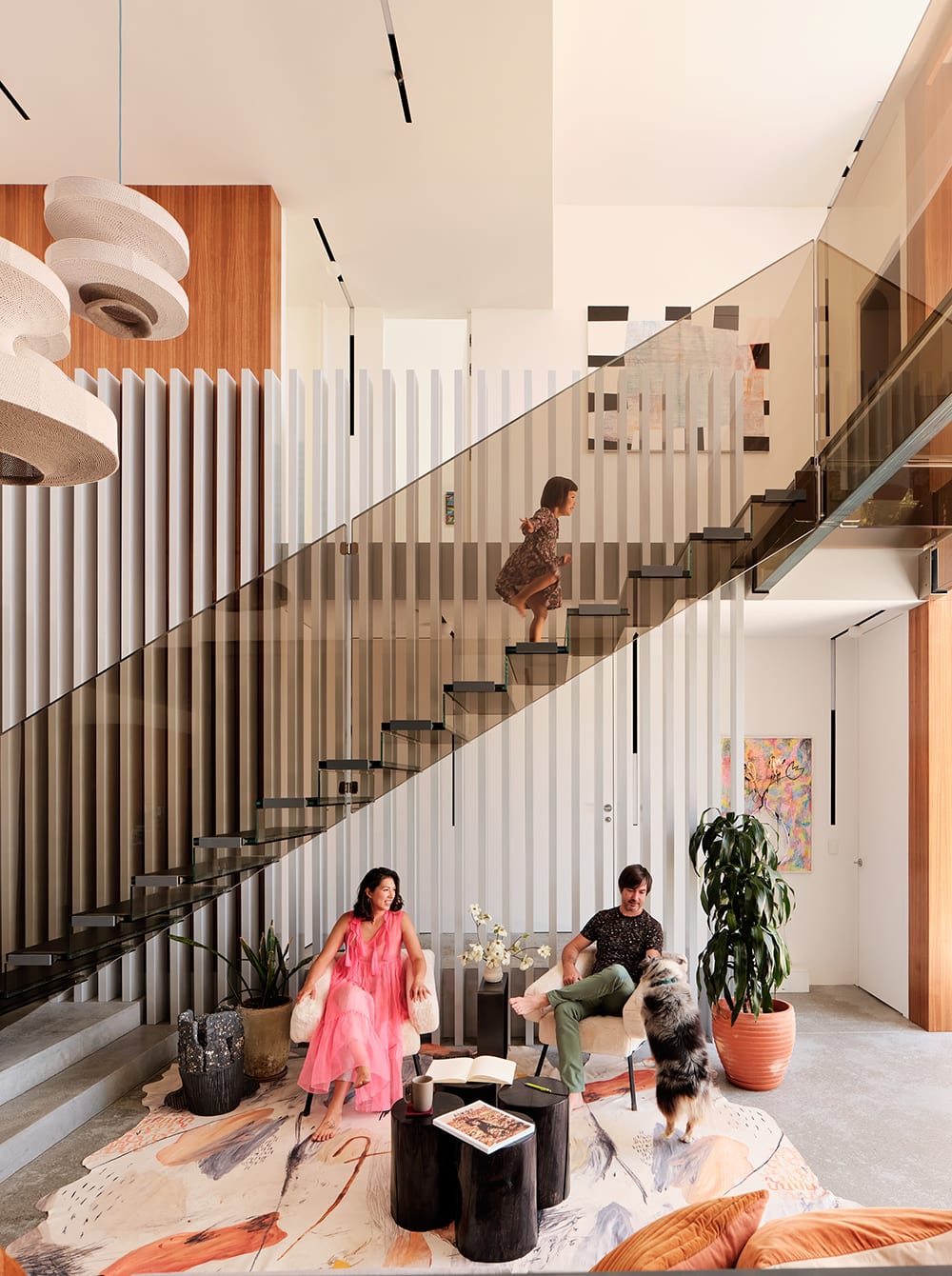
With Translucence House, “glass and natural light both diffuse and hold together the composition, defining scenes throughout the house that explore perceptions of inside/outside, private/public and light/dark as well as materiality. Situated on a doublewide lot, the house sits atop a bluff and next to a community garden, making for a rare condition in the heart of San Francisco: a large, secluded site overlooking the city and the bay.” Photograph by Joe Fletcher.
Raised in France and the United States, Anne Fougeron embraces both cultures with vibrancy and reverence for their influence on who she is as a woman and on her work. She completed her undergraduate studies in the 1970s in Massachusetts, earning a bachelor’s degree in art history at Wellesley College and taking classes in architecture at MIT. She recalls the times: “Remember when it was acceptable to call oneself a feminist?!” She says her teachers and her family nurtured the notion of “you can do anything you set your mind to.”
“I was and am a proud feminist,” she says. “I believed I could do anything. I had privilege; that is not lost on me. It is why I do the work that I do.” Neither are setbacks lost on her. Just as her business was beginning to take off, the economic downturn of 1989 dug in its heels, and in tandem, her beloved father became terminally ill. Her husband at the time, the notable linguist Geoffrey Nunberg, was offered a sabbatical in France, and to France they did go, with their young daughter Sophie in tow. Anne Fougeron closed her practice and worked for a firm in France while caring for her ailing father.

Translucence House. Photograph by Joe Fletcher.
Their return to the states coincided with the Brookline, Massachusetts, Planned Parenthood shooting in 1994. Called upon to redesign the space for both security and serenity, she reopened Fougeron Architecture. “This was a pivotal time for me. The work for Planned Parenthood influenced the direction of my firm, and from there we were known for having a clear social conscience. And I knew that architecture could influence that and help. My daughter was on the board at Planned Parenthood as a teenager, and this brought us closer. I was in my 40s—just a baby really in terms of my career—but it became the pivot for the trajectory of my focus as an architect. It was a time of ‘don’t hold back.’ I was by then a single mother, and I had a renewed focus and drive. It solidified a confidence not only in myself as an architect but as a woman who could make a difference, and one who admittedly won’t stop at ‘no.’ “I do have a bulldog mentality,” she says with a hearty laugh.
Speaking to the art of confidence, she shares, “Confidence, yes, it is important. To have a belief in oneself, this is something that is part personality trait, I think, something inherent, and also part cultivated. I am one of three siblings, all women. Our parents were successful and really instilled a sense of ambition in us, in working hard, and finding success—I think they were hoping for one boy?” she laughs. “There really wasn’t a question—rather, we had a set of values and drive instilled in us from a very early age. They believed in our possibility. When I am asked how did I get to be who, where I am, I say: ‘Find your passion. Find what matters to you, dig deep, and keep talking about why it matters.’”
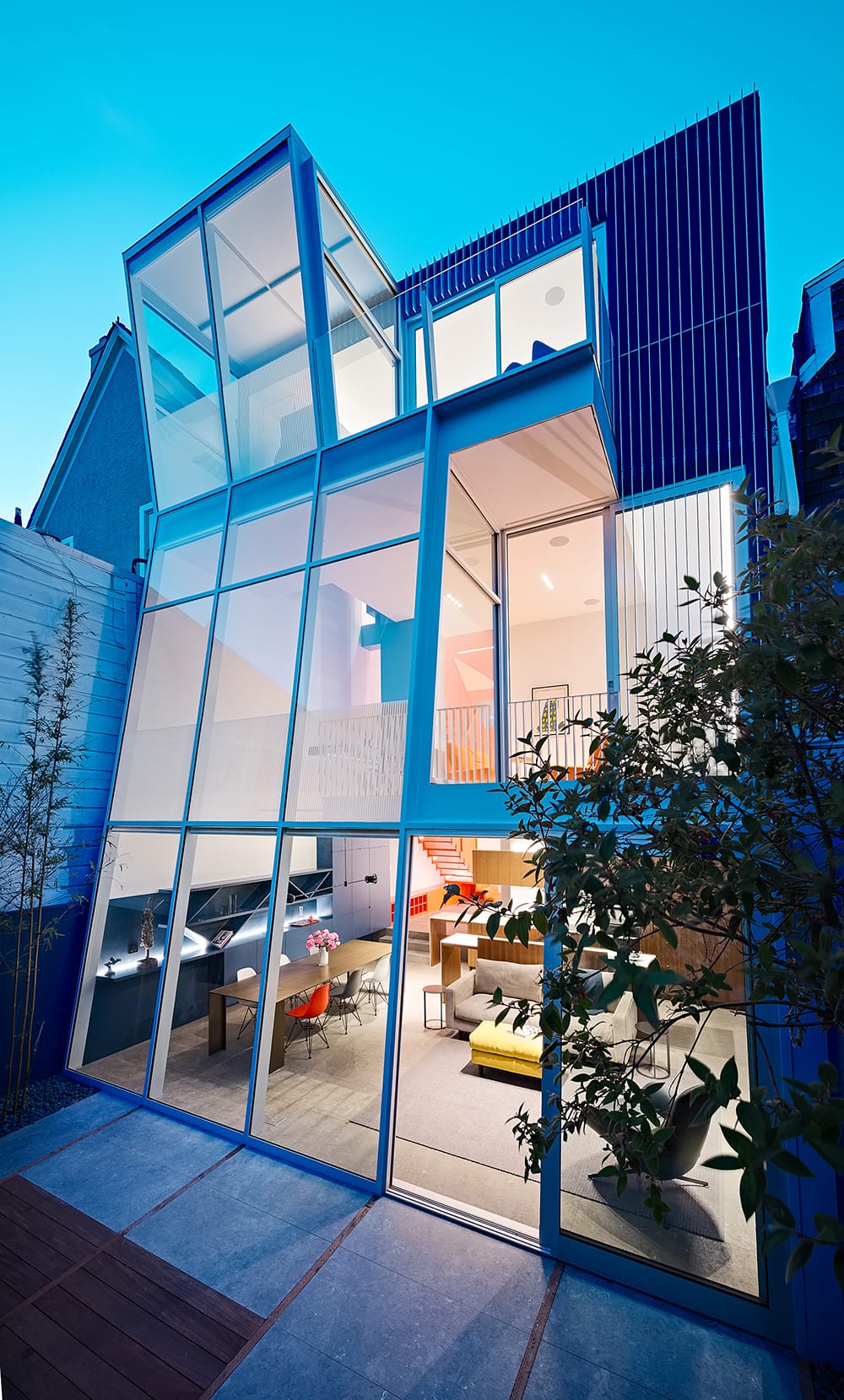
Cut Out House: “Situated in a densely populated, urban setting in San Francisco, we reversed the original flow of design and hence the program orientation of the home.” Photograph by Joe Fletcher.
Fougeron, on top of being smart and brilliantly erudite, is funny and knows the value of a good sense of humor. “A sense of humor is essential, especially in establishing an equilibrium for open and honest discourse with anyone, certainly, but especially men, and highly successful men. My field is still dominated by men, and we need to work together. And to work together successfully, there has to be respect and equality. A common ground needs to be established without losing the personal vision, especially in collaboration. Communication is key. How we communicate is as important as what is communicated.”
She goes on, “As a woman, you can’t take yourself too seriously. You need to engage people, make them laugh, and make it clear that you are not—and do not see yourself as—a person on a pedestal, but simply another human being in front of them. I have learned the importance of finding common ground through my career and certainly through my many speaking engagements.” She laughs again: “Not that I’m a stand-up comic by any means!” Influenced by a bevy of architects, notably men, Anne Fougeron shares, “My field has been dominated by men. It’s changing, but ever slowly. And I have a great reverence for architects such as Louis Kahn; his juxtaposition of the austere and sensual, the rigor in his work, it’s woven into the telling of a story. And Borromini, the Baroque, albeit tortured, genius of his time. Julia Morgan was a transformative female architect, prolific and influential here in California.”
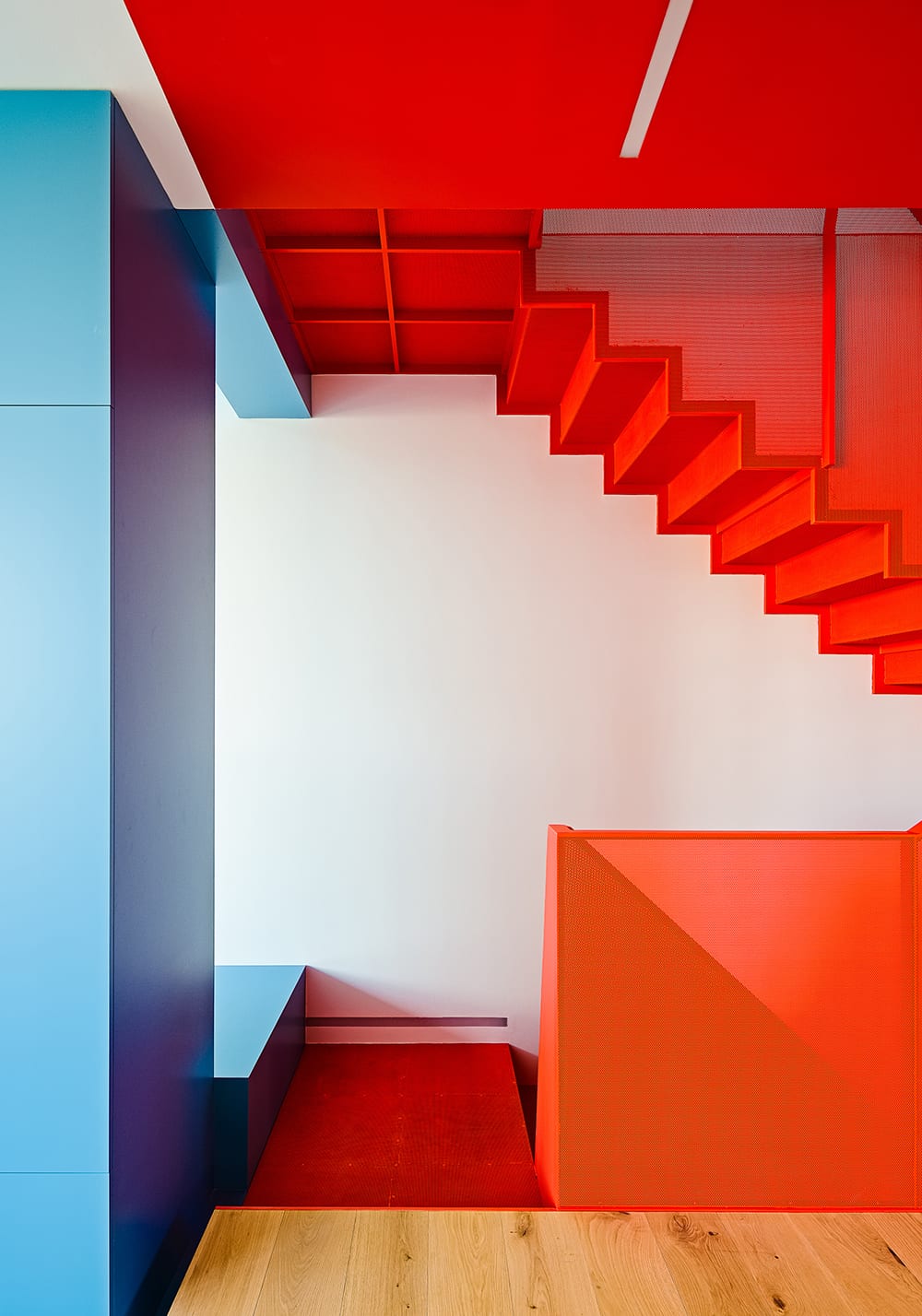
Cut Out House. Photograph by Joe Fletcher.
She pauses, then adds, “Given these times, especially, I do miss the inspirational process of visiting ancient, architectural beauty and indulging in the resonance, keeping my mind progressive.” Her upbringing and the cross-cultural confluence resonate still. “I don’t spend as much time in France these days as I would like to, but I did take a quiet getaway earlier this year to Paris. As with all of us, an introspective pause is the norm, and it was a time I really treasured. I see the way of life in Paris as something to emulate, and that is something I am looking toward, futuristically, in San Francisco. Quality of life, in terms of where we work and live—a closer proximity—and community engagement: art, culture, joy, shopping locally, more affordable housing, and bridging the gap between those who have and those who have less.”
Fougeron admits she has begun the retirement dialogue with fellow female architects. On what makes a good urban space, and her vision for future work, she states: “What makes a good urban space is to me the idea of rethinking the American city, the way we approach buildings. There is not much space left in San Francisco. We just finished The Avery (Transbay Block 8). We started with a courtyard and asked ourselves what kind of influence it had on the buildings around it. We worked with New York-based architect Rem Koolhaas of OMA on the idea of having an ‘urban living room’ with affordable housing and integrating residents and others, a sort of knitting back together this more fractured urban environment.”
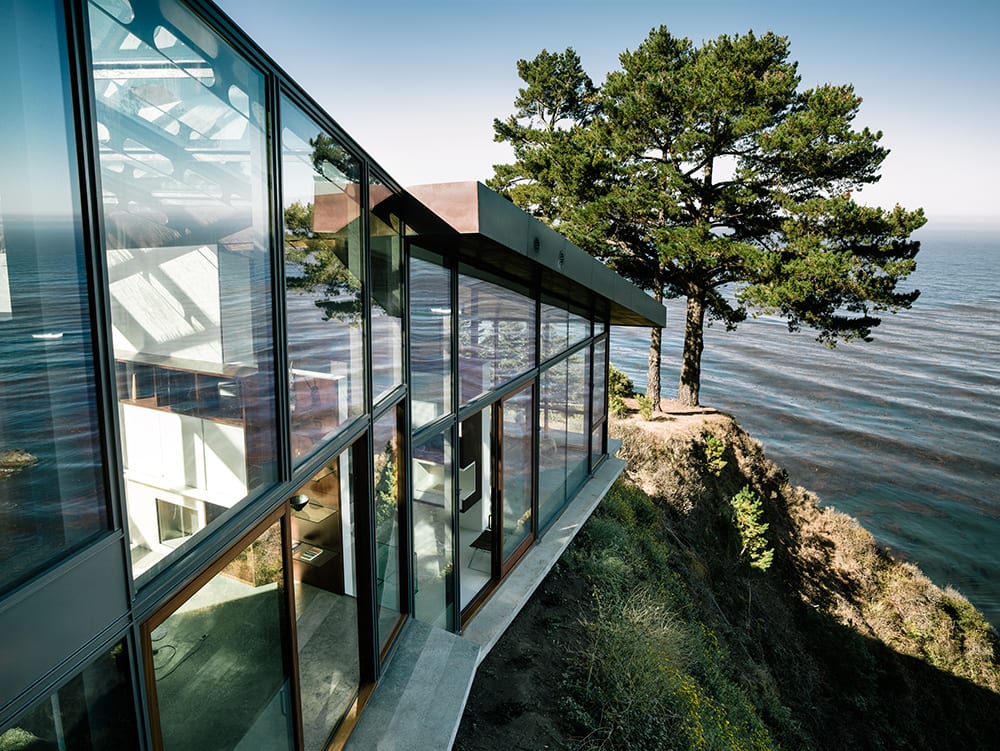
Fall House. Photograph by Joe Fletcher.
“The experience we have had this past year, all this isolation, we will want more communal spaces, especially outdoors. We are going away from ‘hiding in home’ to a more porous relationship of participating in an urban environment. Social interaction is ever more necessary, and the desire will be to become more integrated. We need a more wholesome way of thinking of cities—living in them, socializing in them—and most importantly, we need to break down the barrier of social inequity.”
The breadth of work designed by Fougeron Architecture is nothing short of visual splendor. The use of light alone—transformative, uplifting, elegant, provocative. Whether for residential, multifamily, civic or community use, the works of Anne Fougeron embrace architectural opportunities found in opposition. With her work, she evokes a dialogue, a participation between observer and inhabitant, a confluence of the archetypical “feminine” and “masculine.” Fluidity and emotion converge with solidity and statement. For here are creations shimmering between vibrant and poetic, inviting us to take inspirational, respite pause.
